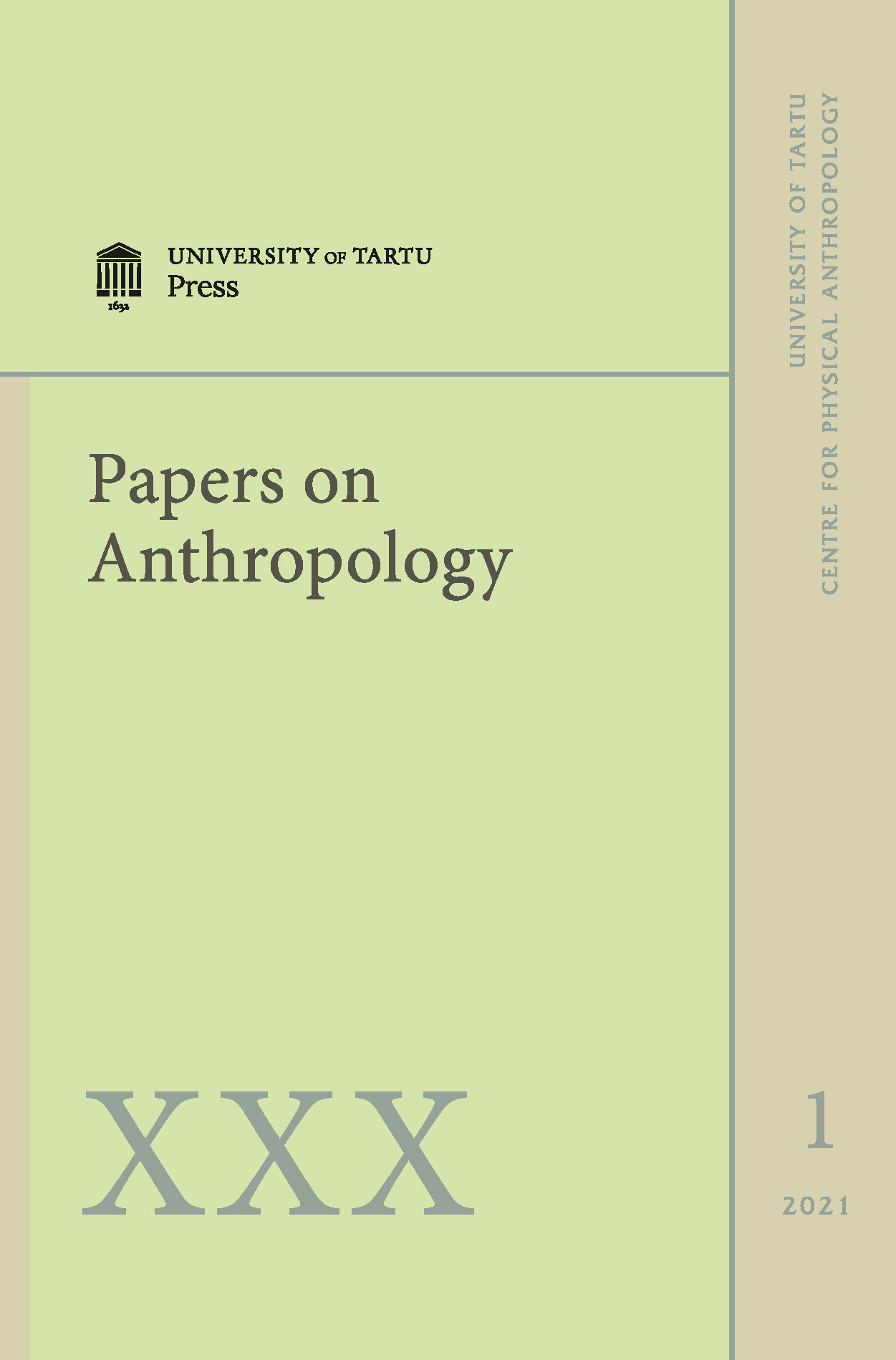Theatrum Anatomicum Rigense MCMXX and the historical collection of teaching and research exponates in the Institute of Anatomy and Anthropology of Riga Stradiņš University
DOI:
https://doi.org/10.12697/poa.2021.30.1.07Keywords:
Anatomicum of Riga Stradiņš University, historical collection, subdivisions, anatomy, embryologyAbstract
The Institute of Anatomy and Anthropology (AAI) of Riga Stradiņš University (RSU) displays a remarkable historical collection of educational and scientific materials on anatomy and embryology, 8381 items in total. The creation of the collection started in 2002, and nowadays it integrates 16 sub-collections: the main exhibits of P. Stradiņš’s collection; the collection of pathological exhibits from Gailezers Hospital with 542 items; the collection of the Children’s Clinical University Hospital with 21 exhibits; Anatomy Laboratory collection with 105 exhibits; Professor A. Amelin’s collection with 134 exhibits; the animal collection with 64 exhibits; the collection of embryological exhibits with 138 specimens together with 59 exhibits of the reproductive system; the bone collection from archaeological excavations in Riga with 986 exhibits; the collection of bone preparations and skulls, 4714 exhibits; V. Derums’ bone collection of 94 items. A separate collection contains 67 exhibits from the first Latvian anatomical excavations conducted under the guidance of Professor J. Prīmanis and Polish archaeological excavations of the Order of the Brothers of the Sword in St. George’s Church and the Convent yard, which includes 48 historical finds; the above is supplemented by 26 finds from anthropological material and a collection of bone specimens with 82 exhibits and a collection of skulls with 159 exhibits. A separate section at the AAI exhibition displays a collection of animal bones, which includes 58 exhibits and is used for comparative studies. Since 2003, the historical collection has been used to teach Latvians and foreigners who are interested to understand death, diseased tissues, to teach sympathy and how to protect oneself and others from diseases. The historical material is used for regular student training as well as for students’ research needs. Finally, digitization of unique exhibits, description in Latvian and English, and placing in the RSU repository has started, and, so far, 240 exhibits have been processed.

